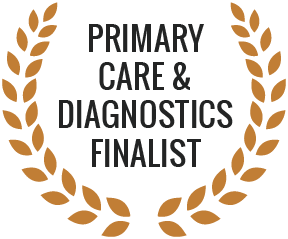If you have a wart or are noticing an unusual growth on your skin, it is advised that you make an appointment to see a dermatologist. Recurrent warts can be painful, irritating, & unsightly, & there are treatment options available.
Warts are caused by a virus that can spread to other people through physical contact or touching contaminated surfaces. If you have a wart or verruca, it is advised that you wash your hands regularly, change your socks every day, & cover them with a plaster when swimming or changing in a public bathroom (such as at the gym).
Definition
Warts (also called verrucas) are small, firm lumps on the skin. They can be rough, with tiny black dots in the centre, flat & yellow, or round. They can appear on the palms & fingers, toes & soles of the feet, knuckles, & knees. They can appear individually or in clusters, & can be painful if they grow on the soles.
Symptoms
Other than the lump formed by the wart growing on the skin, warts do not usually present with other symptoms. They can be itchy or painful, but you will usually not notice them unless they are on the soles of the feet, where the pressure of standing on the area can produce sharp pain.
Warts appear most commonly on the hands & feet, & can appear in clusters of several lumps, or just on their own. The virus that causes warts, the human papillomavirus (HPV), can be transmitted during sexual contact, & the HPV virus can cause warts to develop on the genitals. It is possible to have the HPV virus without ever having an occurrence of genital warts, however.
Troublesome warts can recur, be very large & painful, or bleed.
Different kinds of warts have slightly different symptoms:
- A common wart (verruca Vulgaris, Palmer wart or Junior wart) is raised, with a rough surface, & can appear anywhere on the body but is mostly on the hands.
- A flat wart (Verruca plana or plane wart) is small, smooth, & flat, usually, flesh-colored, & appearing in clusters. These are most commonly found on the face, neck, hands, wrists & knees.
- Filiform or digitate warts are finger-shaped, protruding from the skin, & usually found on the face around the lips & eyelids.
- Genital warts (venereal wart, Condyloma acuminatum, Verruca acuminata) are small white bumps that appear on the genitals.
- Periungual warts occur around the fingernails. They have a cauliflower-like texture & tend to grow in clusters.
- Plantar warts (verruca, Verruca plantaris) are hard, with black dots at their centers, & usually painful due to their appearance mostly on the soles of the feet.
- Mosaic warts are a kind of plantar wart that grows in tight clusters, usually on the hands or soles.






















